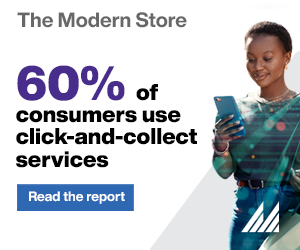Unlocking the Hidden Margin
Shannon Hynds, CEO, Quickcode explains why Duty Drawback is the most overlooked opportunity in your supply chain
For companies forced to deal with the current chaos of trade wars, profitability has become a moving target. Between tariff shifts, supply chain disruptions, and geopolitical tensions, every dollar counts. However, there is one margin boosting opportunity many organizations continuously overlook: duty drawback.
Duty drawback allows businesses to reclaim duties on imported goods that are later exported or destroyed. These refunds can total in the hundreds of thousands (or even millions) of dollars annually. Unfortunately though, too often that money sits unclaimed in a digital drawer or a box of old shipping records.
Why? Because the process is complex and difficult. US Customs and Border Protections (CBP) considers duty drawback a privilege, not a right. That means that businesses must navigate extensive eligibility requirements, document trails, and strict timelines to access refunds.
Here is a reality check: if you're not pursuing duty drawbacks, you may be leaving significant money on the table, and in today's economy that's not just a missed opportunity, it's a strategic failure.
Understanding Eligibility: More Companies Qualify Than You Think
Many assume you need to be both the importer and exporter to qualify for drawback, but that's not the case. Here are four types of organizations that may be eligible:
The key ingredient across all these scenarios is collaboration. Whether it's across departments or with partners, open communication and transparency are essential to identifying eligible claims and gathering the necessary documentation.
Why Duty Drawback is Worth the Effort
For companies looking to improve margins without cutting costs or raising prices, duty drawback offers clear-cut advantages like:
Common Pitfalls and How to Avoid Them
Businesses have unknowingly sat on years of eligible refunds because the paperwork felt overwhelming. Companies can recover substantial amounts, sometimes retroactively for up to five years, by identifying what qualifies and walking them through the process. Some of the most common challenges include:
That's where working with a duty drawback expert, especially one who can align your supply chain records, compliance processes, and partner relationships, makes all the difference.
Getting Started: What the Process Looks Like
Launching a duty drawback program doesn't have to be intimidating. Here's a simplified roadmap:
If you're unsure if your business qualifies, many companies have free online calculators to get a ballpark estimate of your potential refunds.
Turning Trade Complexity into Financial Opportunity
Trade compliance may not be glamorous, but it can be one of the most transformative levers for margin improvement in your business. Especially with new tariffs looming, duty drawback gives your company a way to mitigate costs, stay competitive, and recover revenue that's rightfully yours.





